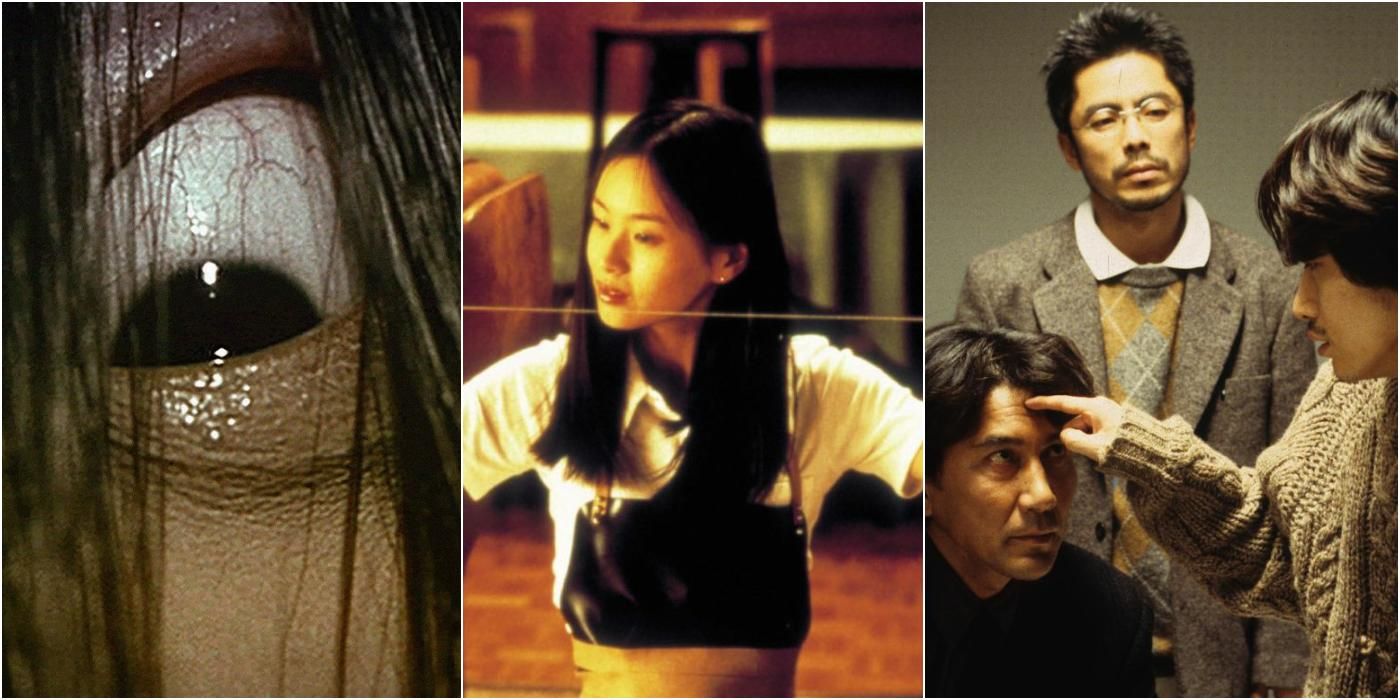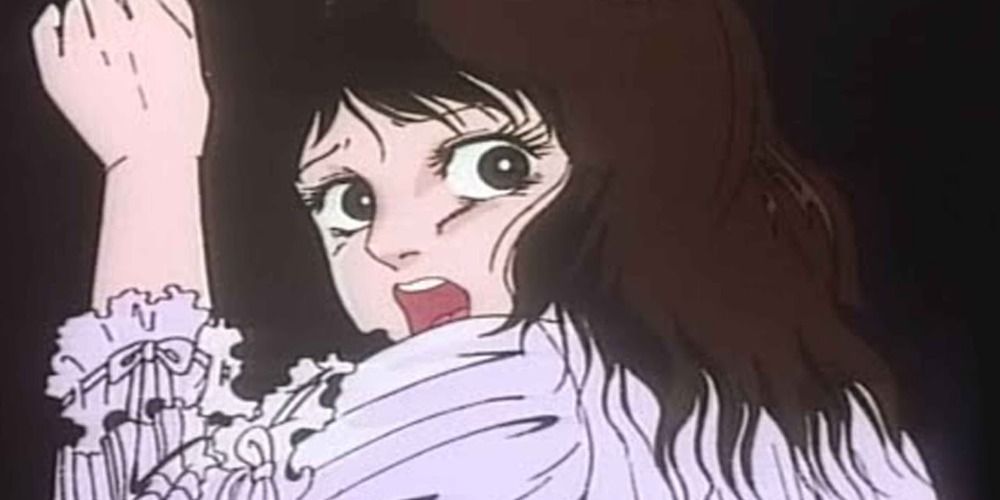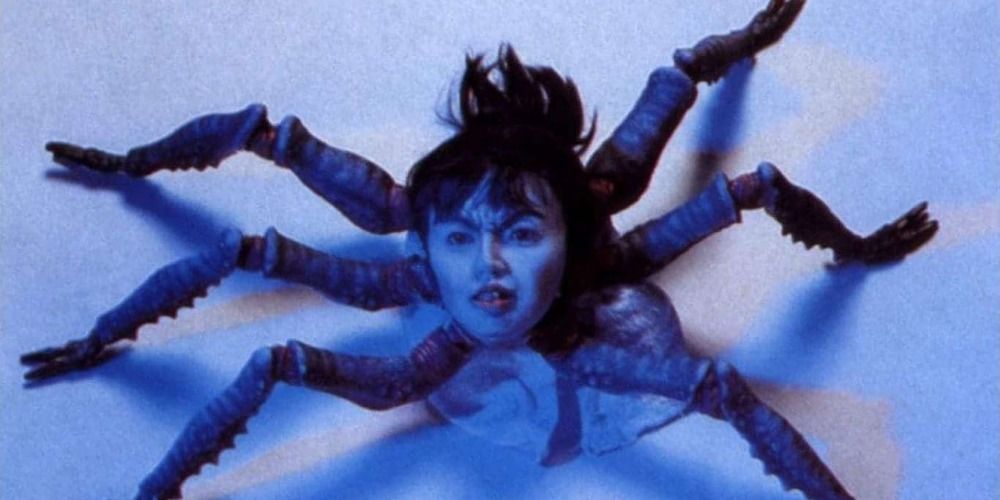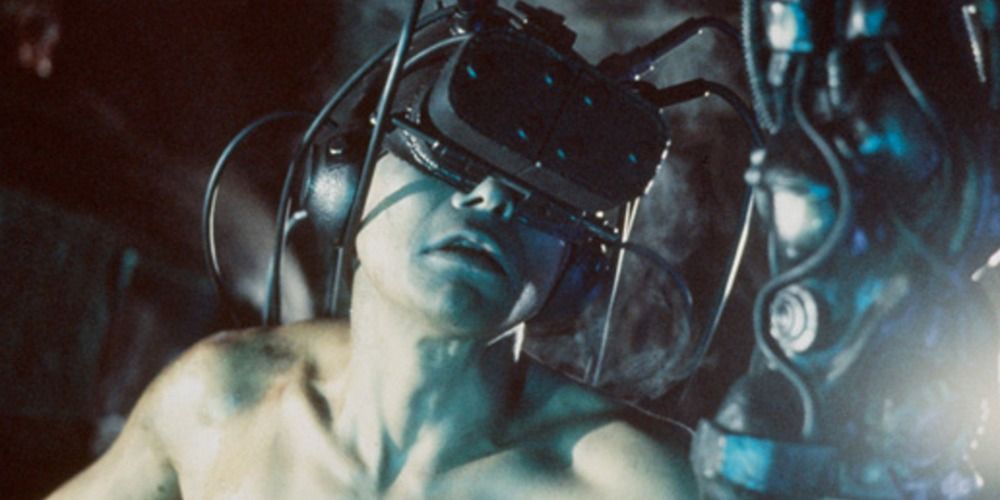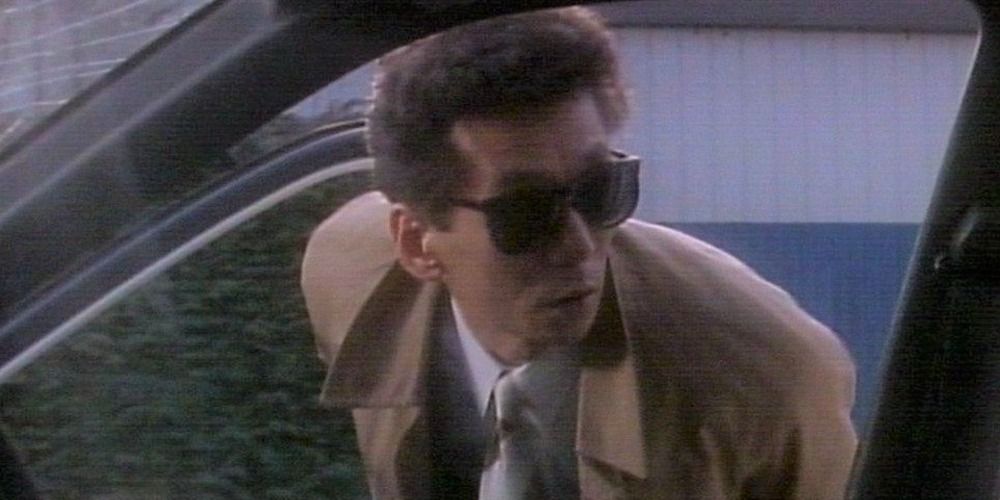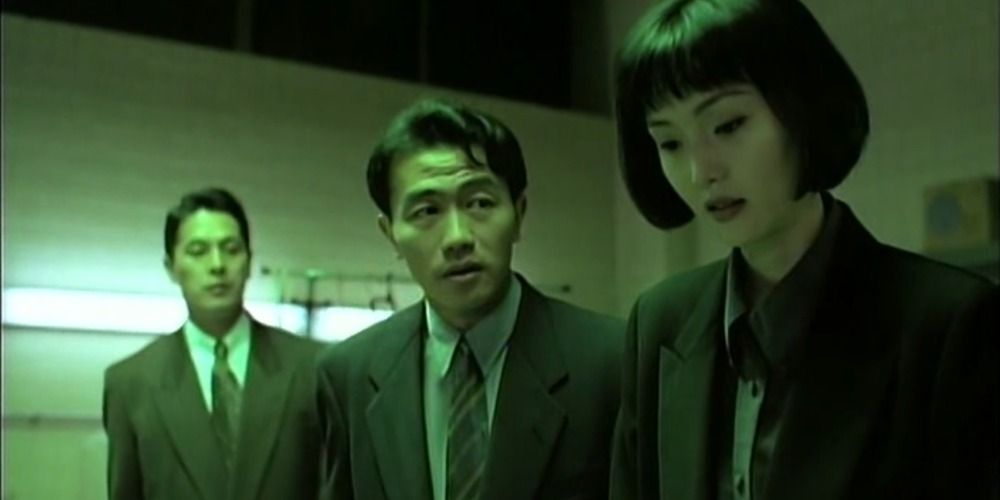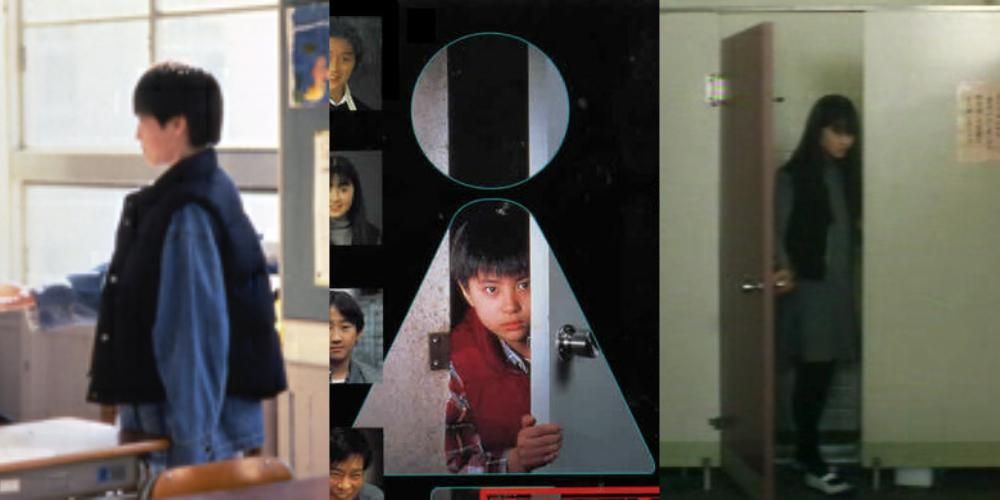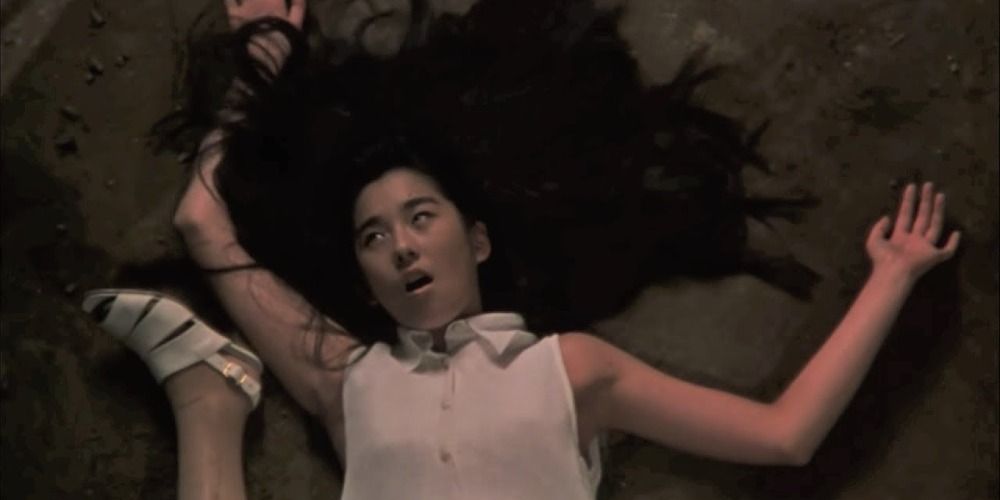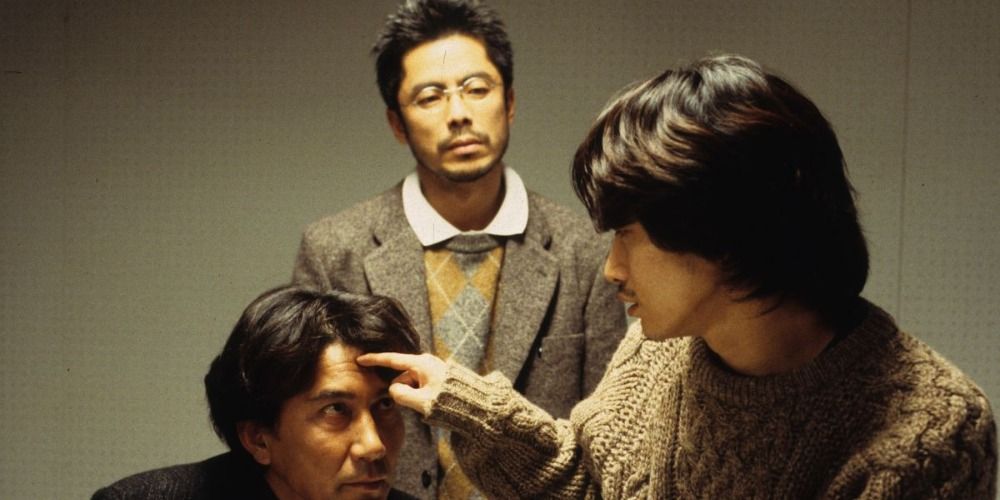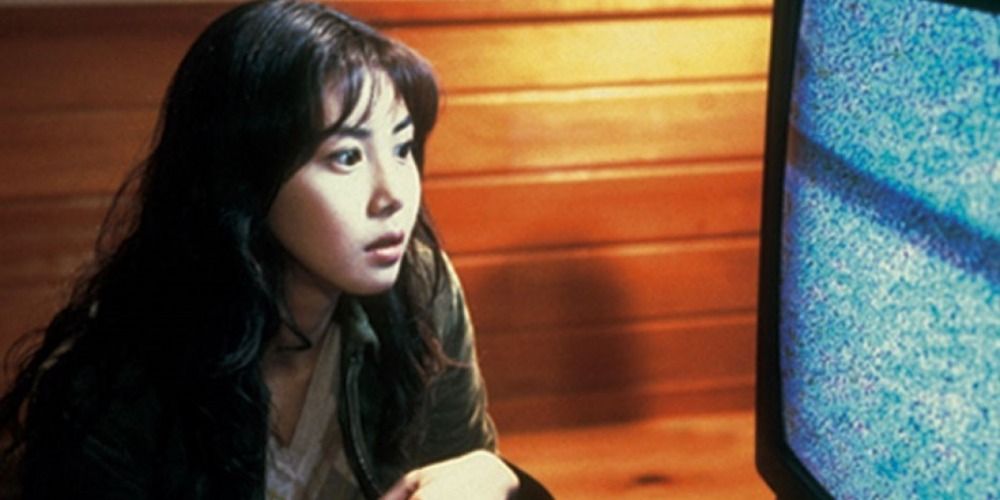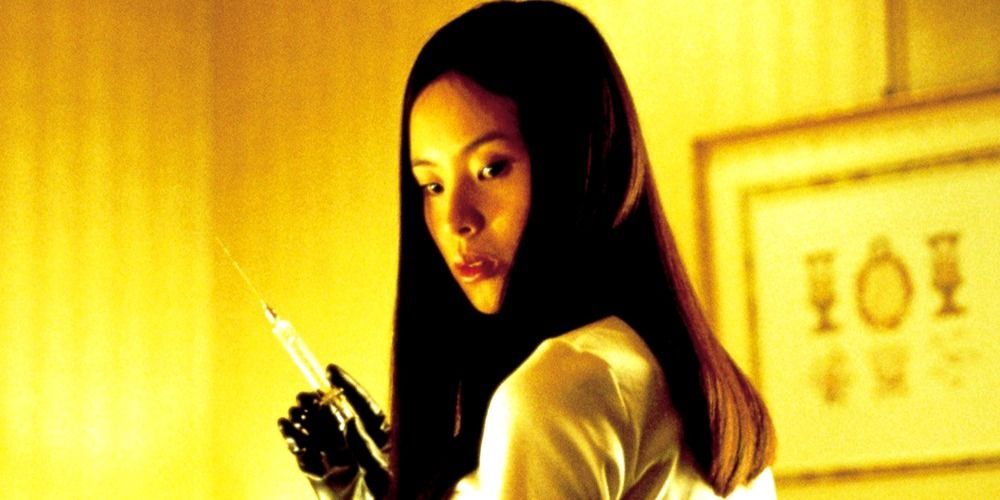By the late 1990s, Japan definitely rivaled, if not surpassed, the United States with its horror movies. In fact, quite a few Japanese scary films from the latter half of the decade were remade by American movie studios for English-speaking audiences. The innovative nature of Japanese horror films inspired all kinds of copycats - and its enduring influence over Western cinema remains strong.
While movies like Ringu in 1998 helped usher in the era of contemporary J-horror - a type of psychological horror unique to Japan - other genre contributions during the 1990s attest to the island nation's mastery of bizarre, chilling flicks. From techie body horror to classic ghost stories, Japanese filmmakers know how to generate scares.
1990 - The Curse Of Kazuo Umezu
This underrated horror anime based on the manga by Kazuo Umezu weaves together two effectively terrifying tales about teenage girls who are sucked up in supernatural occurrences. In the first part of The Curse of Kazuo Umeza, a new student named Rima uses paranormal intervention to ruin her classmate Masami's life.
In the second half, two friends cure their summer vacation doldrums by exploring an abandoned mansion on the edge of town - one purportedly full of ghosts. While the film doesn't preserve author Umezu's experimental and frantic drawing style, it retains his eerie tones and settings.
1991 - Hiruko The Goblin
Hiruko the Goblin's source material is a manga from Daijiro Morohoshi. Director Shinya Tsukamoto, known for 1989's cyberpunk classic Tetsuo: The Iron Man, is responsible for this convulsive feature about a school built on one of the Gates of Hell.
The title character in Hiruko is a goblin sent to Earth to act out a demonic mission from below. What follows is a body horror fairytale featuring spider demons, disembodied heads, and campy action.
1992 - Tetsuo II: Body Hammer
Shinya Tsukamoto's follow-up to his cult classic film about a Japanese businessman who transforms into a machine has a bigger budget and more insane special effects. Tetsuo II, or any other film in this franchise, is not for the faint of heart; it's full of intense evolutionary sequences that employ mind-bending body horror techniques.
In Tetsuo II, the main character undergoes a metamorphosis from man to machine after his son is kidnapped by gangsters. Employing sheer willpower, the protagonist turns himself into a weapon (hence the title Body Hammer) so he can go to battle against the abductors.
1993 - Evil Dead Trap 3: Broken Love Killer
Also released under the English title The Brutal Insanity of Love, Evil Dead Trap 3 is not connected to the '80s Japanese slasher Evil Dead Trap. This scary feature from Toshiharu Ikeda centers around a female police officer investigating the apparent suicide of a college student.
The detective, Megumi Yokoyama, believes one of the student's college professors may be involved in the girl's death. As Yokoyama digs deeper into the case, bodies start to pile up around her in gruesome ways.
1994 - Angel Dust
Angel Dust is an atmospheric whodunnit about a serial killer targeting women in the local subway system. Police request the assistance of a psychiatrist named Setsuko Suma to help catch the perpetrator.
Unfortunately, Suma comes to believe the prime suspect in the case is her former lover and mentor. This hypnotic thriller is directed by Gakuryu Ishii, who is known as one of the progenitors of the cyberpunk cinematic movement in Japan.
1995 - School Mystery
Alternately released as Phantom of the Toilet, School Mystery's inspiration is a popular Japanese urban legend about the spirit of a young girl who wants school bathrooms. In this ghost movie, a boy named Takuya develops a crush on a transfer student named Saeko.
Takuya's classmates come to believe Saeko is possessed by the spirit of Hanako-san, the ghost of a former student who died in one of the school's bathrooms. When a child murderer enters the picture, the students band together to uncover the truth about Hanako-san.
1996 - Don't Look Up
Don't Look Up is a meta-horror movie whose terror unfolds on a movie set. As a new filmmaker named Toshio Murai tries to finish his debut feature, a dark war drama, but a barrage of supernatural occurrences interrupt Toshio's efforts.
As if that's not enough, Toshio finds himself in a bizarre love triangle with his two leading actresses. Director Hideo Nakata, who went on to make Ringu and Dark Water, establishes himself as a cornerstone of J-horror with Don't Look Up.
1997 - Cure
Cure is a tour-de-force helmed by Kiyoshi Kurosawa, one of the top names in Japan's new wave of horror. This feverish detective story unravels in Toyko, where a series of shocking murders has shaken up citizens and police alike.
Each victim is found with a X carved into their neck; the murderer is always apprehended nearby, but these culprits have no memory of committing the crime. It's up to a detective and a psychiatrist to discover the true mastermind behind these savage deaths.
1998 - Ringu
Four years before Naomi Watts ruined VHS culture with the American film The Ring, Hideo Nakata released the original cinematic exploration of Kôji Suzuki's novel: Ringu. In Nakata's movie, a reporter probing rumors of a cursed videotape gets way too close to the truth.
When anyone watches the video, they are condemned to die seven days later. The reporter, Nanako, hopes to break the curse by aiding the angry ghost waiting to crawl through the television and seek vengeance.
1999 - Audition
Takashi Miike's Audition is an innovative horror movie, one known for pushing the boundaries of the genre by focusing on a female killer who terrorizes men for fun. What begins as a slow-burn thriller about a widower in search of new love ends with one of the most brutal torture sequences in horror movie history.
Shigeharu Aoyama uses a dating service to meet Asami - a sensitive, alluring young woman. It doesn't take Shigeharu long to realize Asami's kindness and benevolence are an act.

